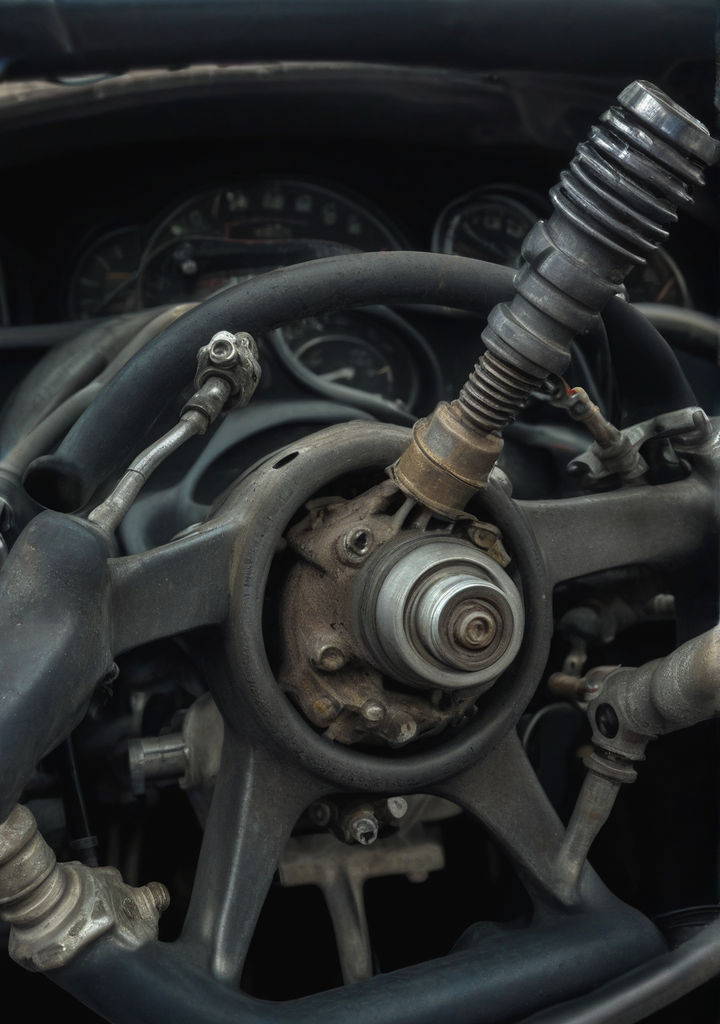
Power steering issues can significantly affect your driving experience, making steering difficult and less responsive. This guide will help you address common power steering problems in your 2014 Toyota Highlander, from identifying symptoms to performing a repair.
Why Power Steering Repair is Essential
The power steering system assists with steering effort, making it easier to maneuver your vehicle. Problems with this system can lead to:
- Difficulty steering, especially at low speeds
- Unusual noises when turning the wheel
- Leaks in the power steering fluid
- Poor handling and control
Tools and Materials Needed
- Power steering fluid
- Socket set and wrenches
- Screwdrivers
- Power steering pump (if replacement is needed)
- Power steering fluid reservoir
- Drain pan
- Safety gloves and eyewear
Steps to Repair Power Steering in Your Highlander
1. Identify the Problem
- Check for Fluid Leaks: Inspect under your vehicle for signs of power steering fluid leaks, which may indicate a problem with the pump, hoses, or reservoir.
- Listen for Noises: Unusual whining or grinding noises when turning the steering wheel can signal issues with the power steering pump.
- Assess Steering Difficulty: Difficulty in steering or a stiff steering wheel may suggest low fluid levels or a failing pump.
2. Top Off or Replace Power Steering Fluid
- Locate the Reservoir: Find the power steering fluid reservoir under the hood. It’s usually near the engine and has a cap labeled “Power Steering Fluid.”
- Check Fluid Level: Remove the cap and check the fluid level with the dipstick. If it's low, top it off with the recommended power steering fluid.
- Check for Contamination: If the fluid appears dirty or contains particles, it may need to be flushed and replaced.
3. Inspect and Replace the Power Steering Pump
- Remove the Old Pump: If you need to replace the power steering pump, first disconnect the battery. Use a socket set to remove the bolts securing the pump, and disconnect the hoses.
- Install the New Pump: Place the new pump in position, reconnect the hoses, and tighten the bolts. Make sure all connections are secure.
- Bleed the System: After installing the new pump, fill the reservoir with power steering fluid and turn the steering wheel from lock to lock to remove air from the system.
4. Replace or Repair Power Steering Hoses
- Inspect Hoses: Check the power steering hoses for any cracks, leaks, or signs of wear.
- Replace Damaged Hoses: If you find damaged hoses, replace them with new ones. Disconnect the old hoses and install the new ones, ensuring all connections are tight.
DIY Option
Performing a power steering repair can be manageable for those with basic mechanical skills. Regular maintenance and timely repairs can prevent more severe issues and extend the life of your power steering system.
FAQ: Common Questions About Power Steering Repair
1. How do I know if my power steering pump is failing?
- Common signs include whining noises when steering, difficulty turning the wheel, or fluid leaks. Testing the fluid level and inspecting the pump can help diagnose the problem.
2. Can I drive with a failing power steering pump?
- It’s not recommended to drive with a failing power steering pump, as it can make steering difficult and potentially lead to further damage to the steering system.
3. How often should I check my power steering fluid?
- It's a good practice to check the power steering fluid level regularly, at least once a month, and before long trips.
4. What type of power steering fluid should I use?
- Always use the type of power steering fluid recommended in your vehicle’s owner’s manual. Using the wrong type can damage the system.
5. How can I prevent power steering issues?
- Regularly check fluid levels, inspect for leaks, and address any issues promptly to maintain the health of your power steering system.
By following these steps and tips, you can ensure your 2014 Toyota Highlander's power steering system remains in top condition, providing a smooth and safe driving experience.

